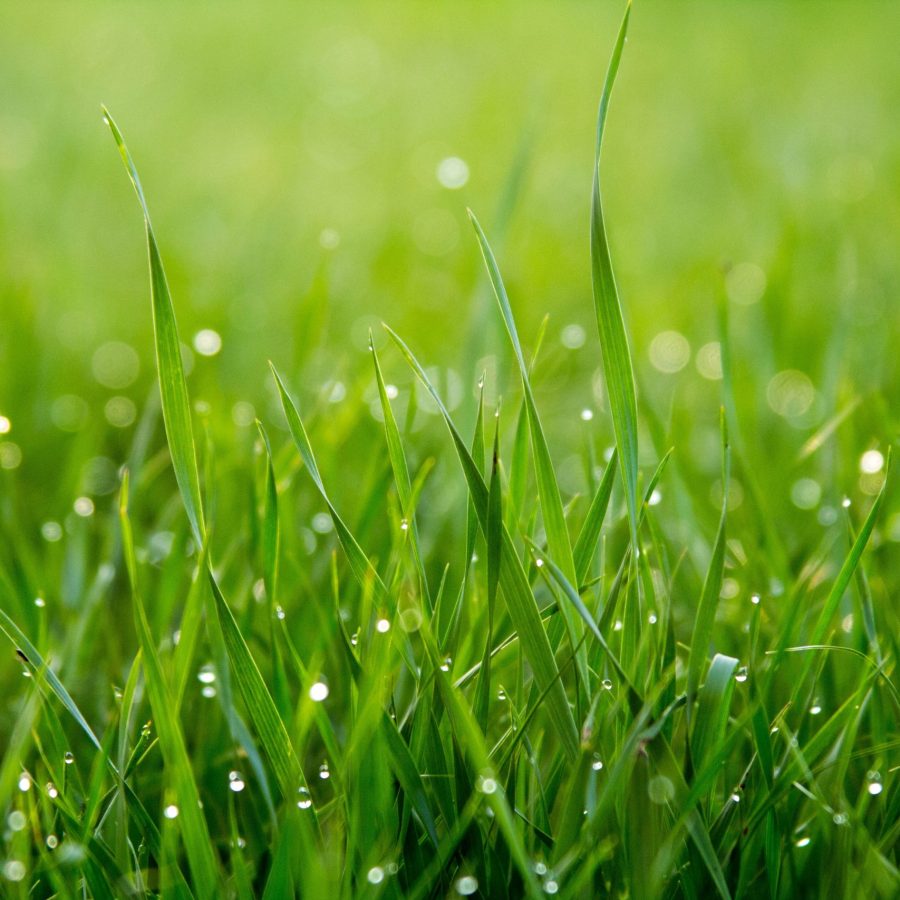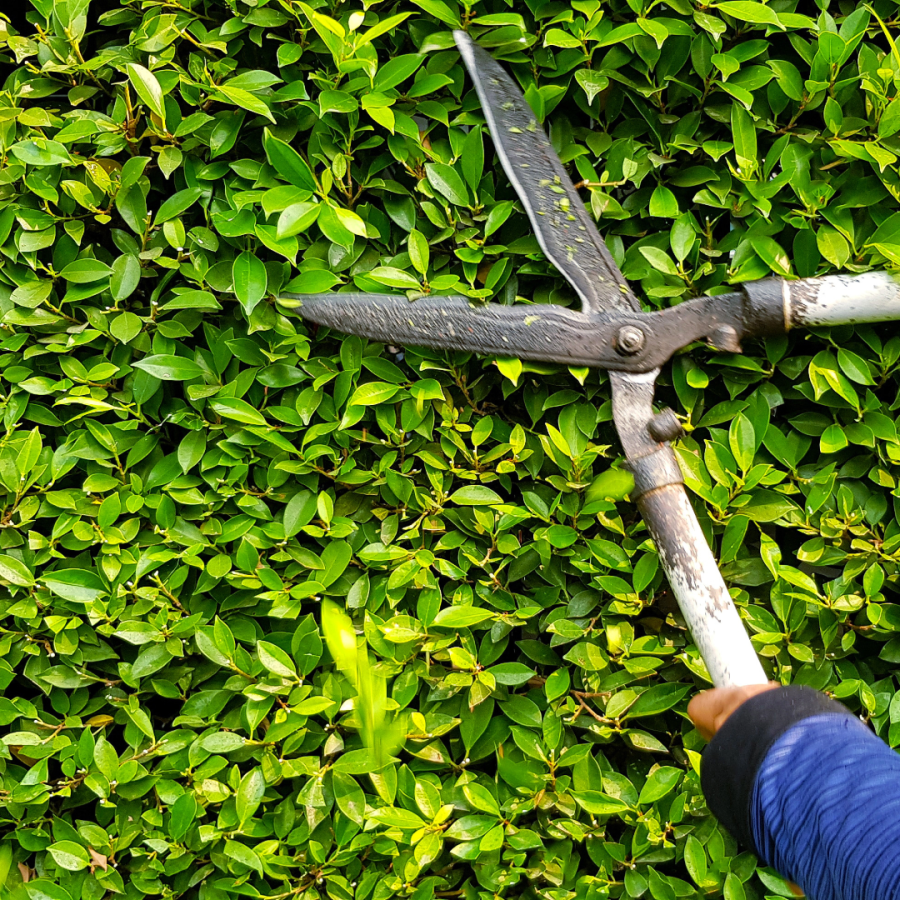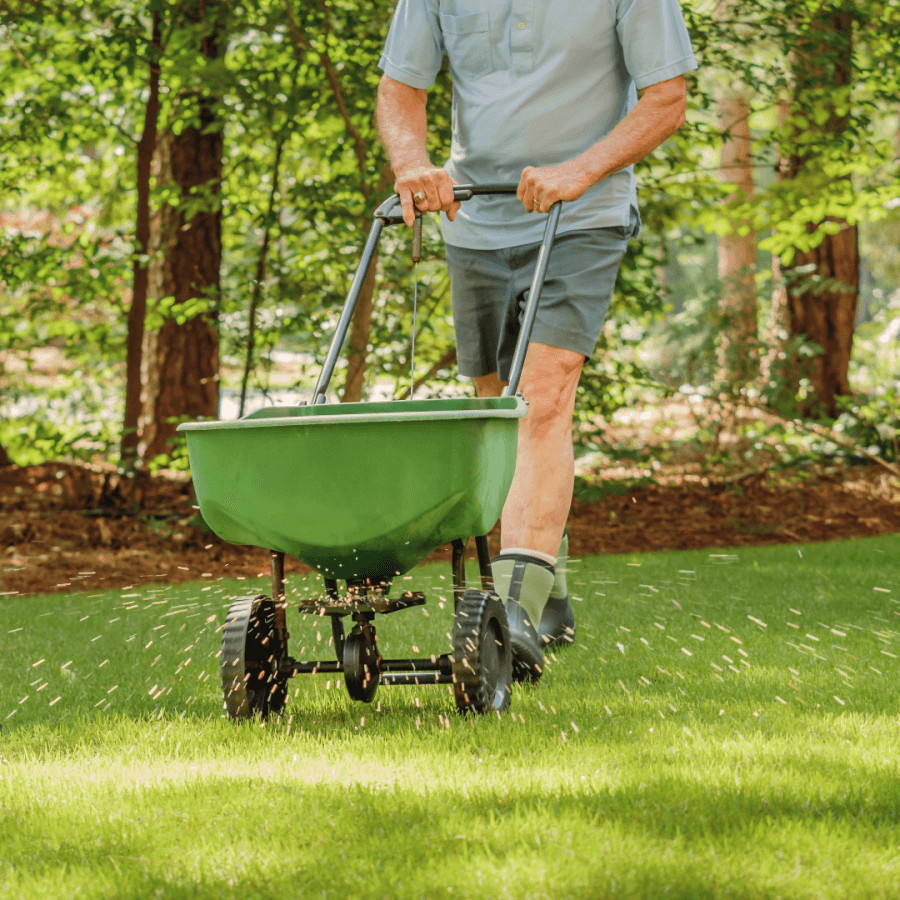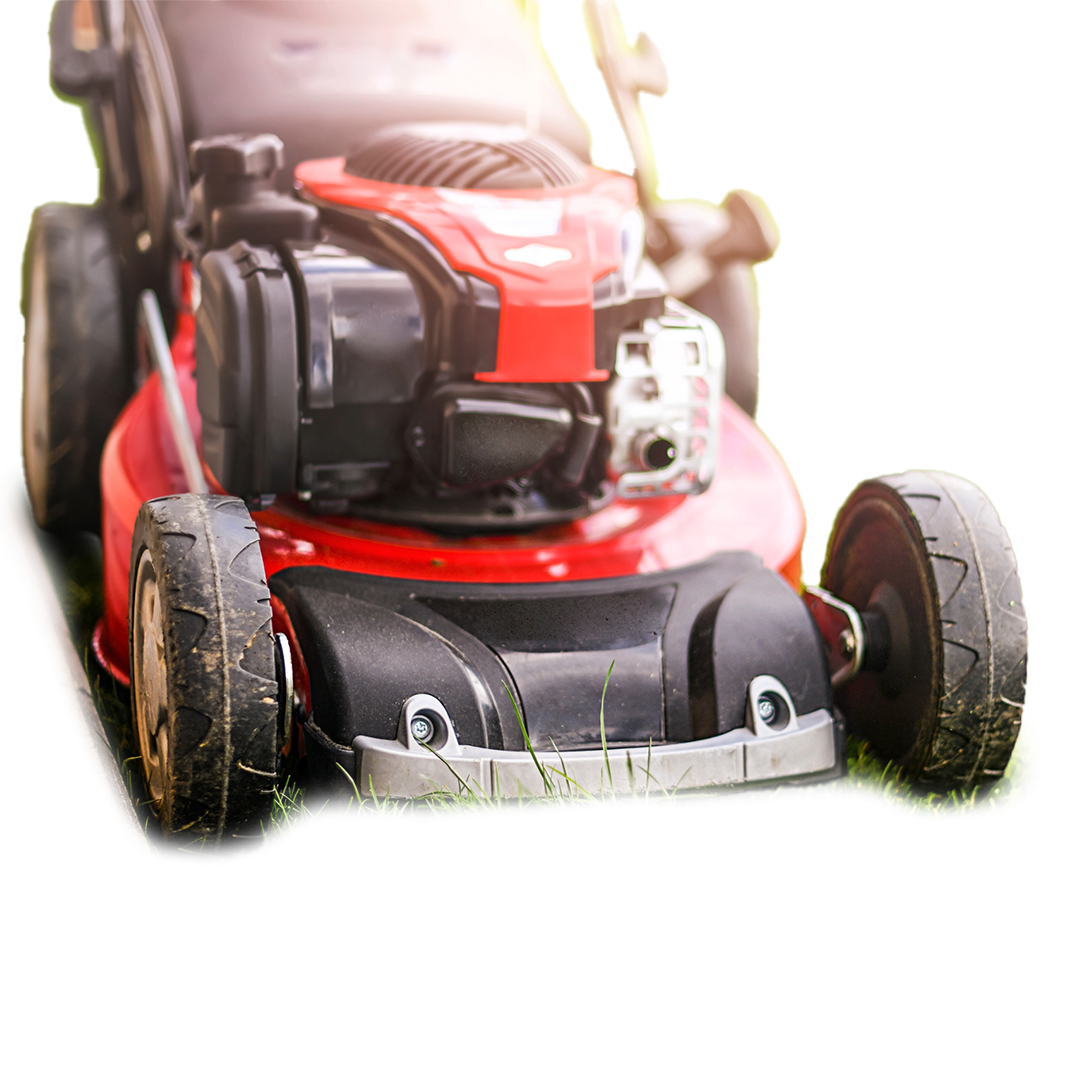Spring Maintenance Tips to Keep Your Garden and Landscape Looking its Best
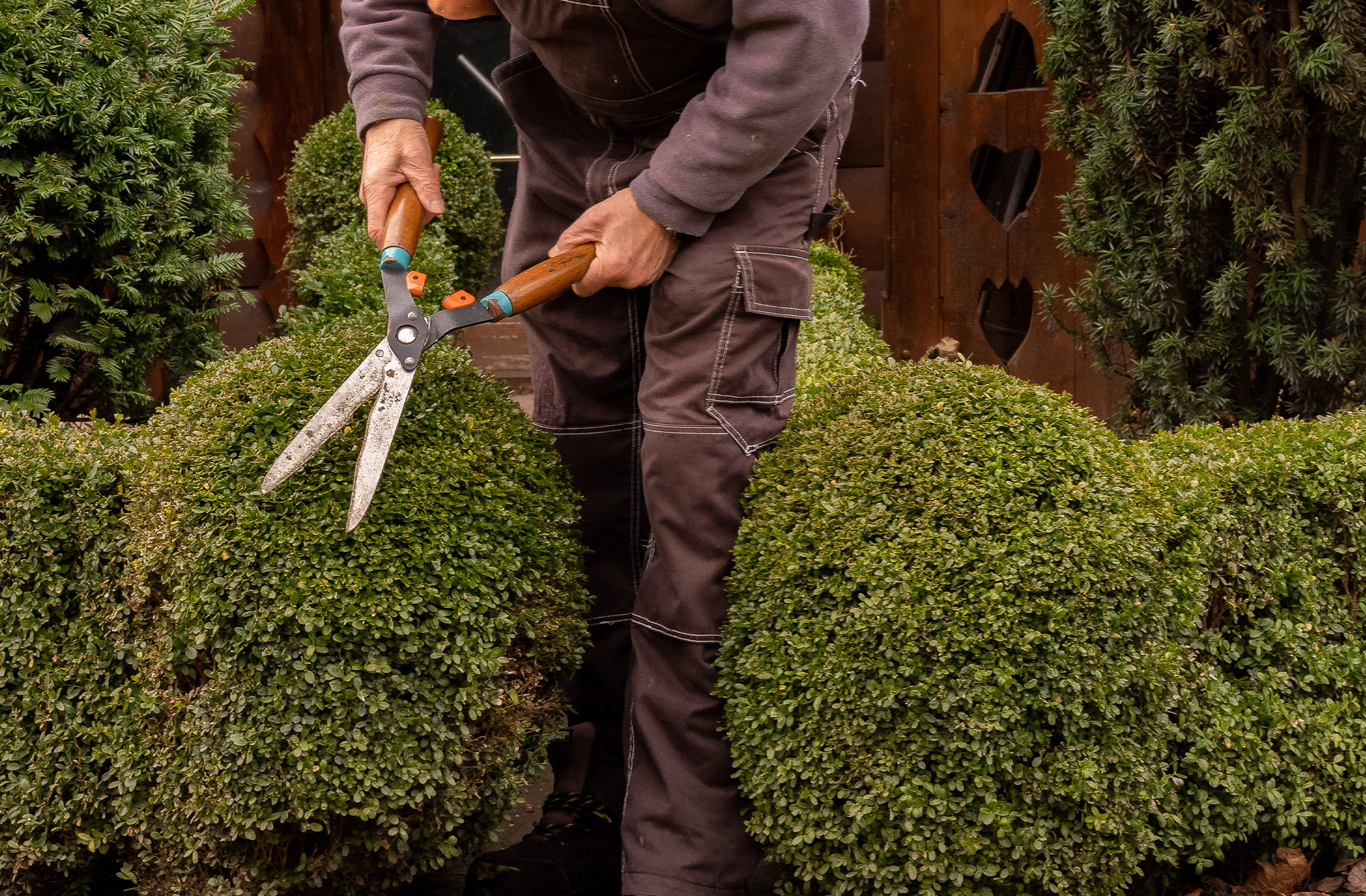
Spring is a time of renewal when the earth awakens from its winter slumber and begins to bloom with new life. Your garden can benefit from this same revitalization by getting some spring garden maintenance done. But before you start working on your yard, there are some things you should know about what’s involved in maintaining a healthy landscape during this season.
Spring is when many plants begin to bloom and grow at their fastest rate of the year–which means they’ll need extra care if they’re going to thrive!
Soil Preparation
Soil preparation is an important part of any garden, but it’s especially crucial in spring. The soil should be loose and well-draining so that your plants can get the nutrients they need to thrive. If you have heavy clay soil or sandy loam, there are steps you can take to improve its condition before planting time rolls around.
- Clay soils: These types tend to hold moisture longer than other types of dirt–and sometimes too much moisture is not good for plants! To loosen up clay soil without adding too much compost or fertilizer (which could cause more problems), try adding sand into your existing beds at a ratio of one part sand for every three parts clay mixture. This will help loosen up compacted areas while keeping everything else intact.* Sand/loam: Loosen up compacted areas by mixing in some compost or fertilizer with an equal amount of peat moss before planting.*
Pruning and Trimming
Pruning and trimming are essential in spring. If you don’t prune and trim your plants, they will grow out of control and become a mess. This can be very frustrating for gardeners who want their gardens to look nice all year long.
Pruning is the process of removing dead or diseased branches from trees and shrubs so that new growth can occur in healthy parts of the plant. Pruning also helps control size by cutting off excess growth from larger plants, such as bushes or trees; it encourages branching at specific points along branches; it stimulates flower buds on roses (which means more blooms); it promotes fruiting on fruit trees; it improves air circulation around roots by removing dense foliage near ground level; finally, pruning keeps plants looking tidy!
Trimming involves cutting back overgrown stems so they don’t block light from reaching other plants below them–or worse yet: fall into someone else’s yard!
Planting
- Plant the right plants. Spring is the best time to plant flowers and vegetables, but you should choose your plants carefully. If you’re planting flowers, look for ones that are labelled as “hardy” or “winter-hardy.” Some annuals will survive even if they’re not hardy (like pansies), but others won’t last through the winter if they aren’t planted in fall. For vegetables, choose ones that grow well in your area–you can find recommendations online or at your local nursery.
Pest and Weed Control
Spring is a time of renewal. The flowers are blooming, the air smells fresh and new plants are growing in your garden. But don’t get too excited! There are some pests and weeds that can ruin all this beauty if you don’t take care of them right away.
Weeds can be very hard to control because they grow so quickly–sometimes even faster than your vegetables or flowers do! Check for weeds in your flower beds and remove them by hand or with the help of an organic herbicide like vinegar or baking soda (1 teaspoon per gallon).
Watering and Fertilizing
- Watering and fertilizing are two of the most important things you can do to maintain your garden.
- Spring is a great time to water your plants, but keep in mind that some plants need more water than others. If you’re unsure how much water each plant needs, check out this handy guide from The Old Farmer’s Almanac: https://www.almanac.com/gardening/plant-watering-schedule
- Fertilizer is another key component of spring gardening maintenance and care, but it isn’t always necessary or advisable for all types of plants–you’ll want to use different fertilizers depending on what type of soil your garden has been planted in (topsoil vs clay) and what kind of plant it contains (vegetables vs annuals). For example, if you’re growing tomatoes in sandy loam soil with high levels of organic matter then adding lime could be beneficial because it helps counteract acidic conditions; however, if those same tomatoes were being grown in clayey soil without much organic matter then adding peat moss would be better suited since this material helps loosen compacted dirt while adding moisture retention capabilities as well.
Conclusion
- Spring is a great time to get outside and start gardening. It’s also a good time to take care of your existing garden, so you can enjoy it all summer long.
- Here are some tips for getting started:
- Check for weeds in your flower beds and remove them by hand or with the help of an organic herbicide like vinegar or baking soda (1 teaspoon per gallon).
- Water plants regularly until they’re established, then reduce the watering frequency to once every few days during dry spells throughout summer months if possible.

